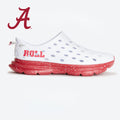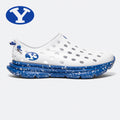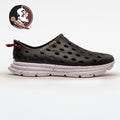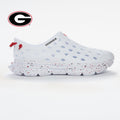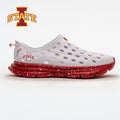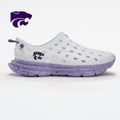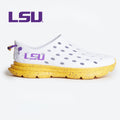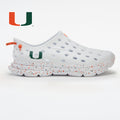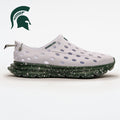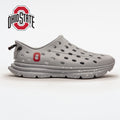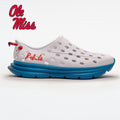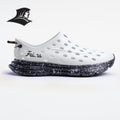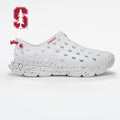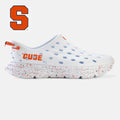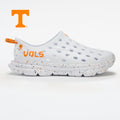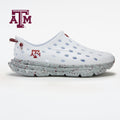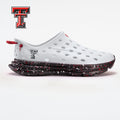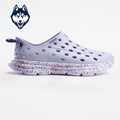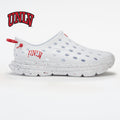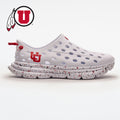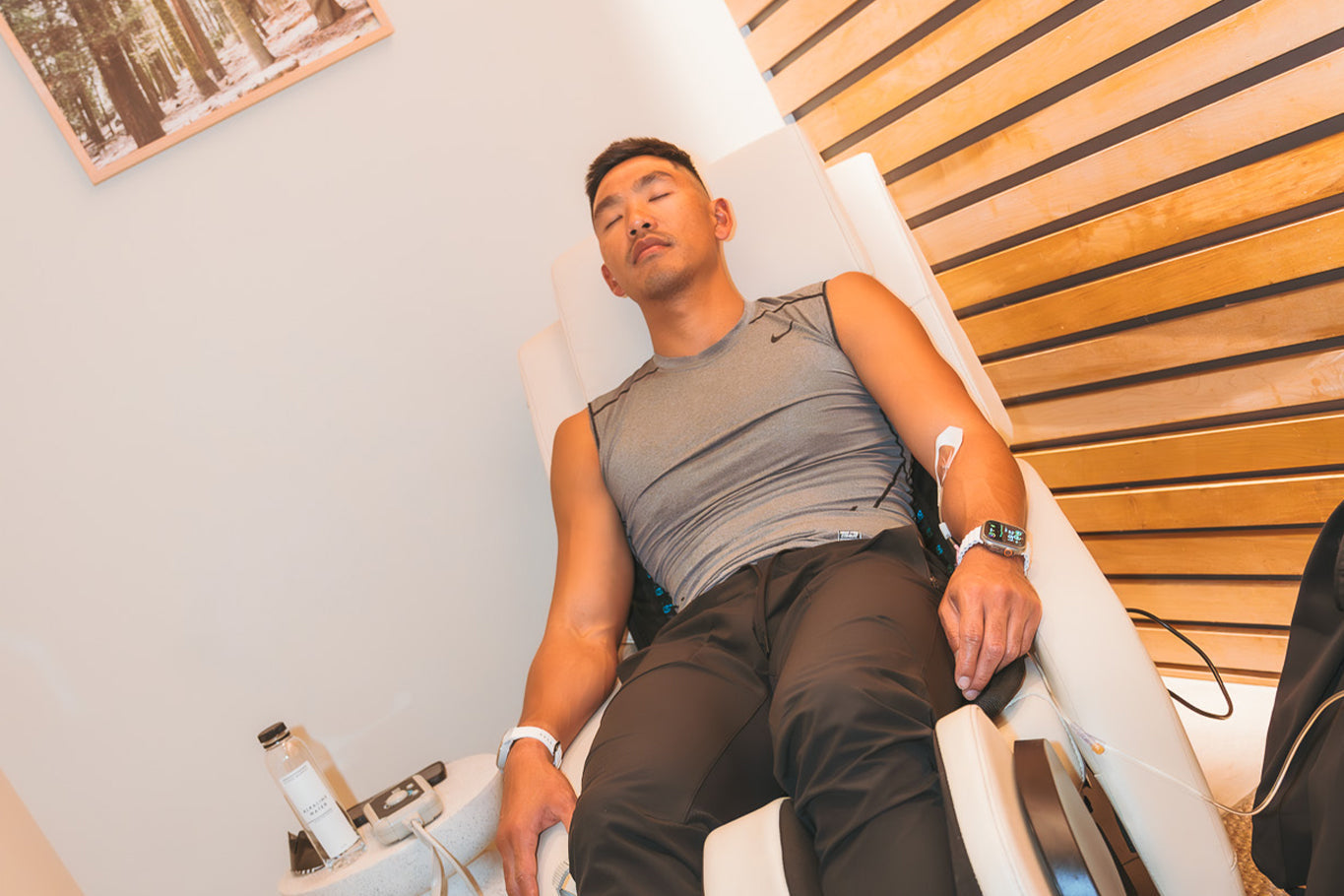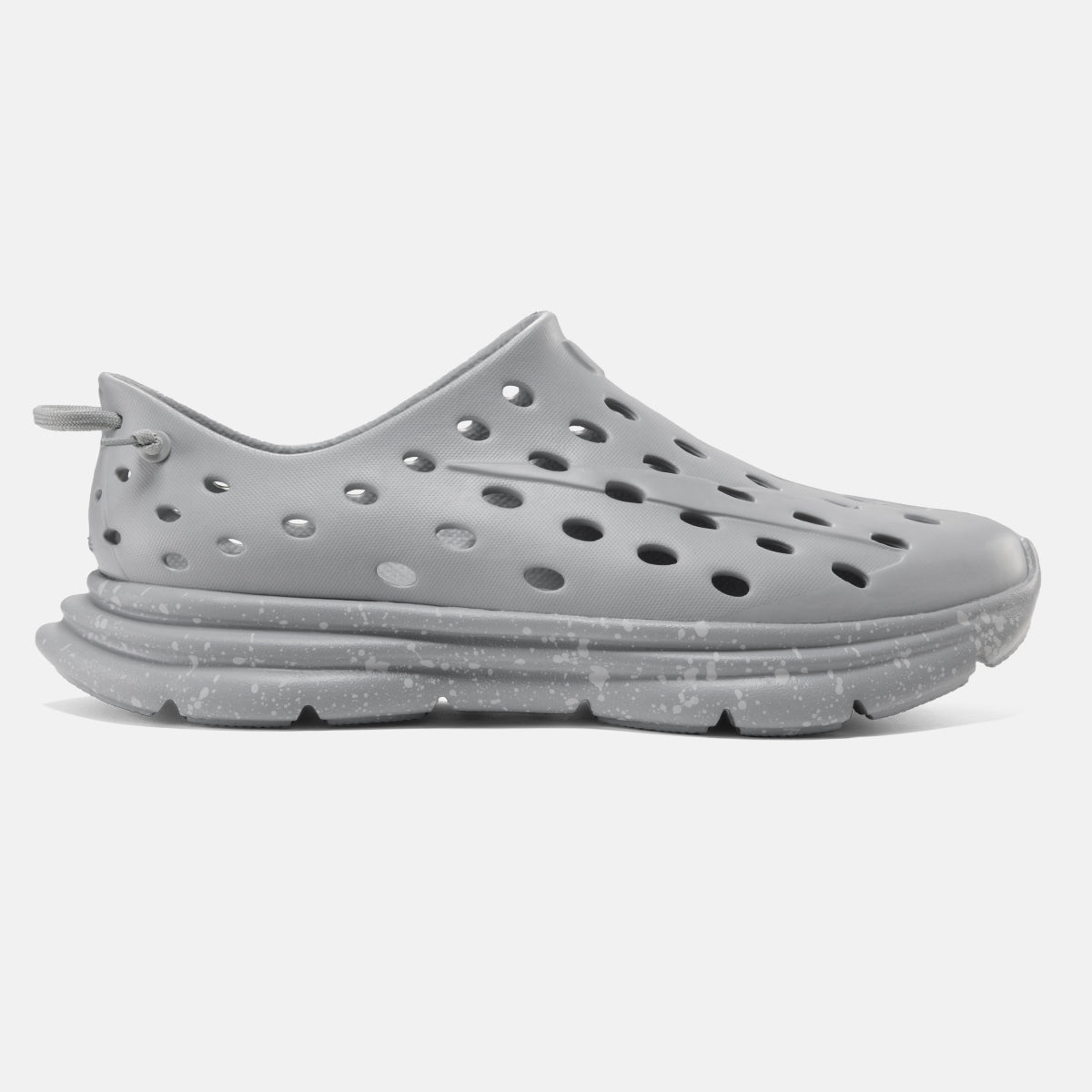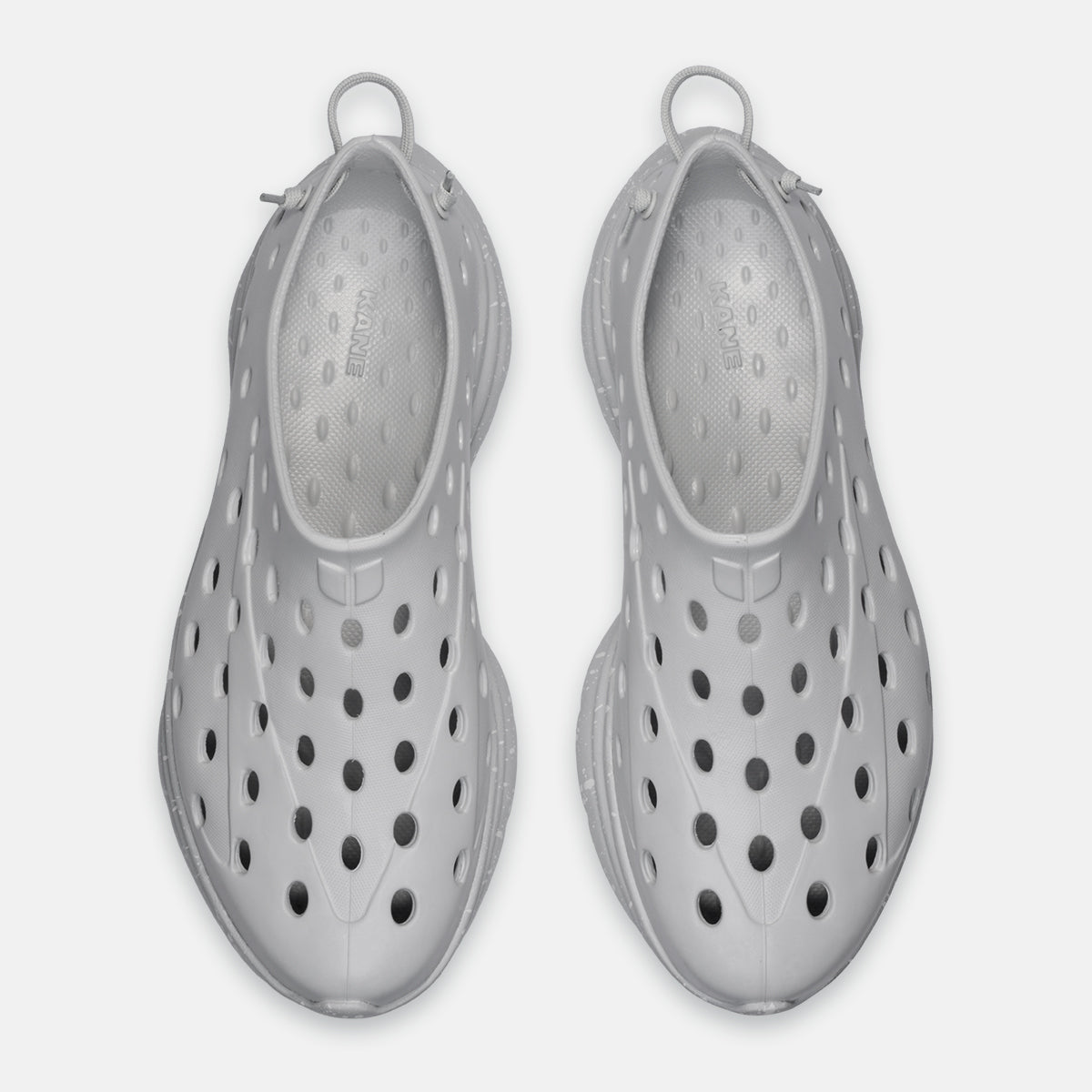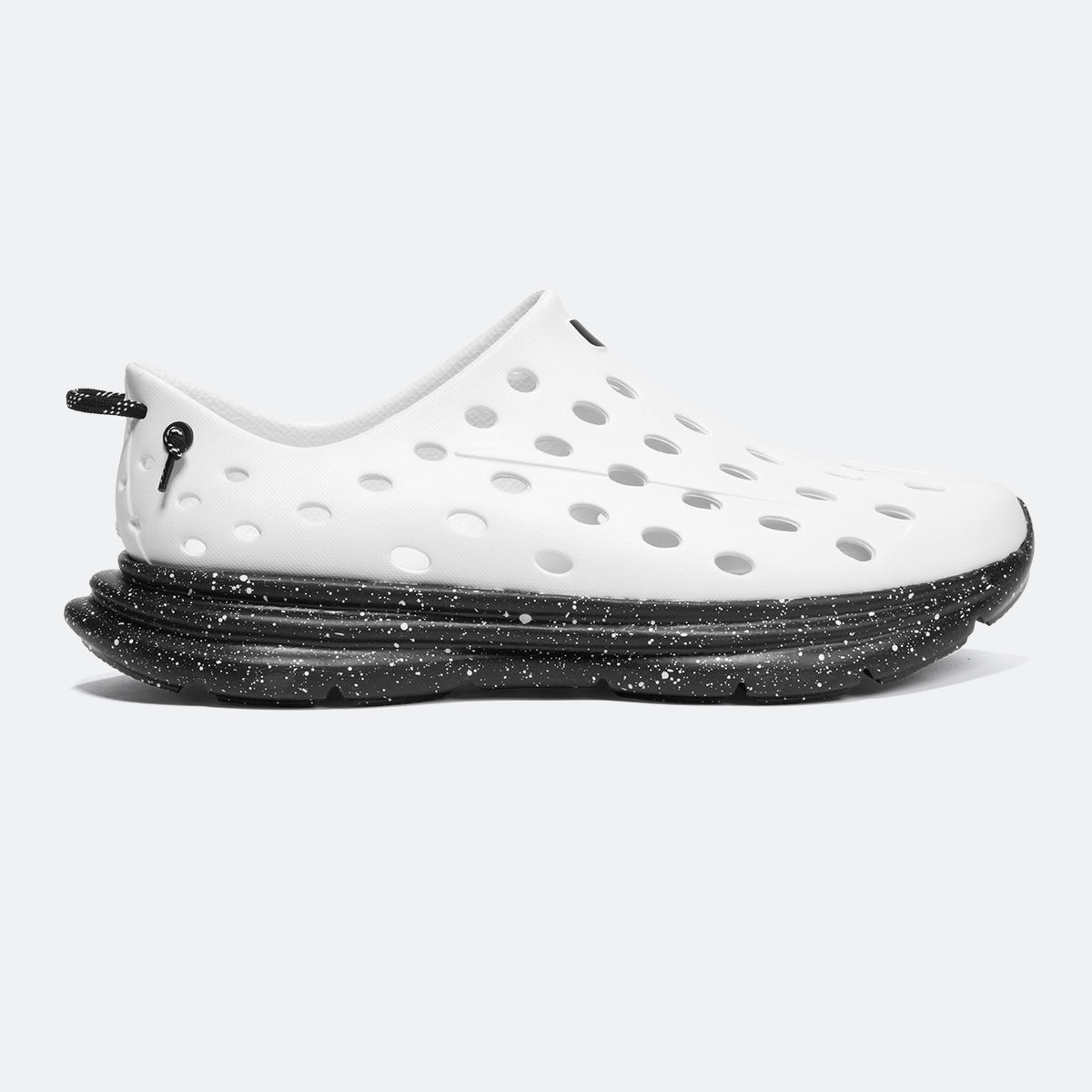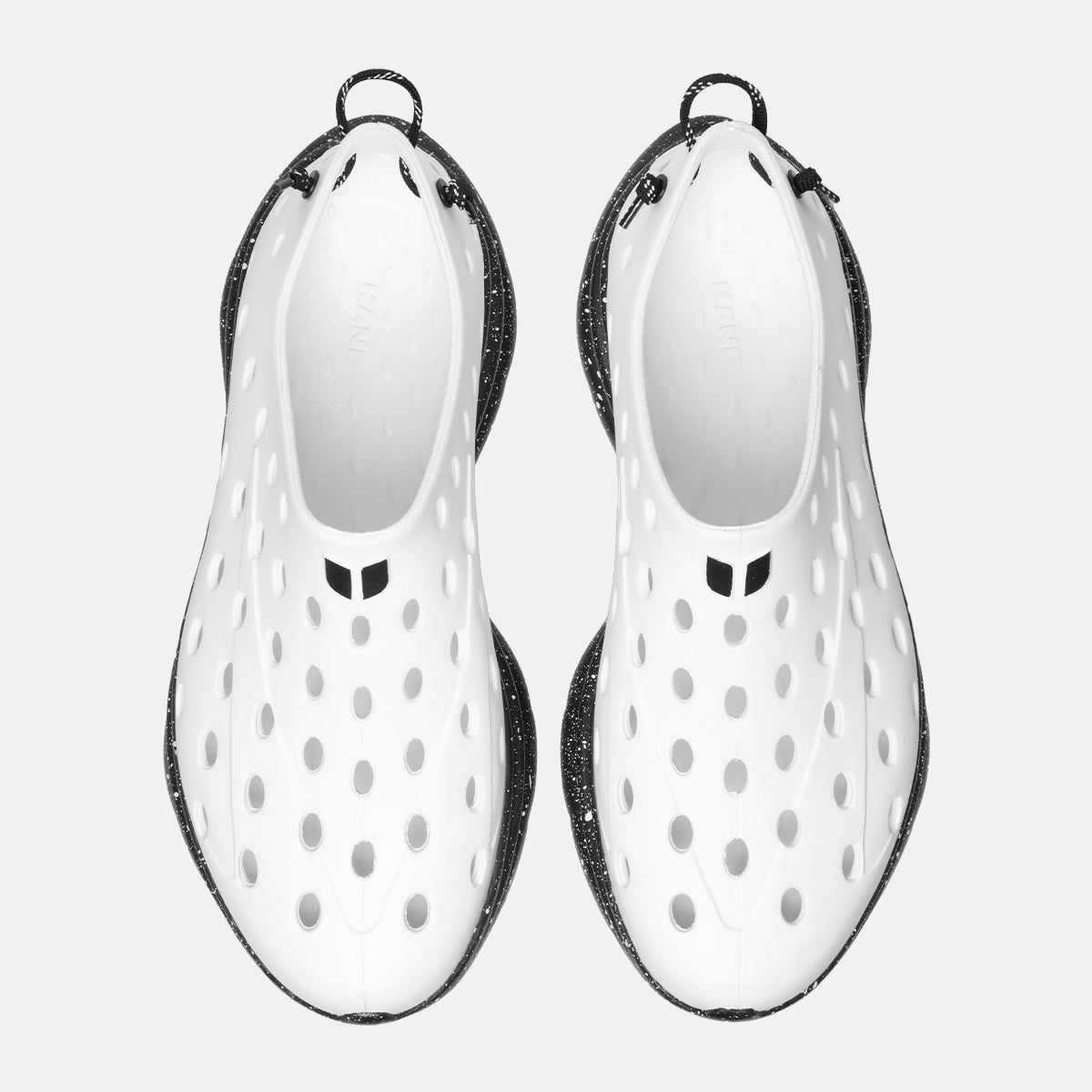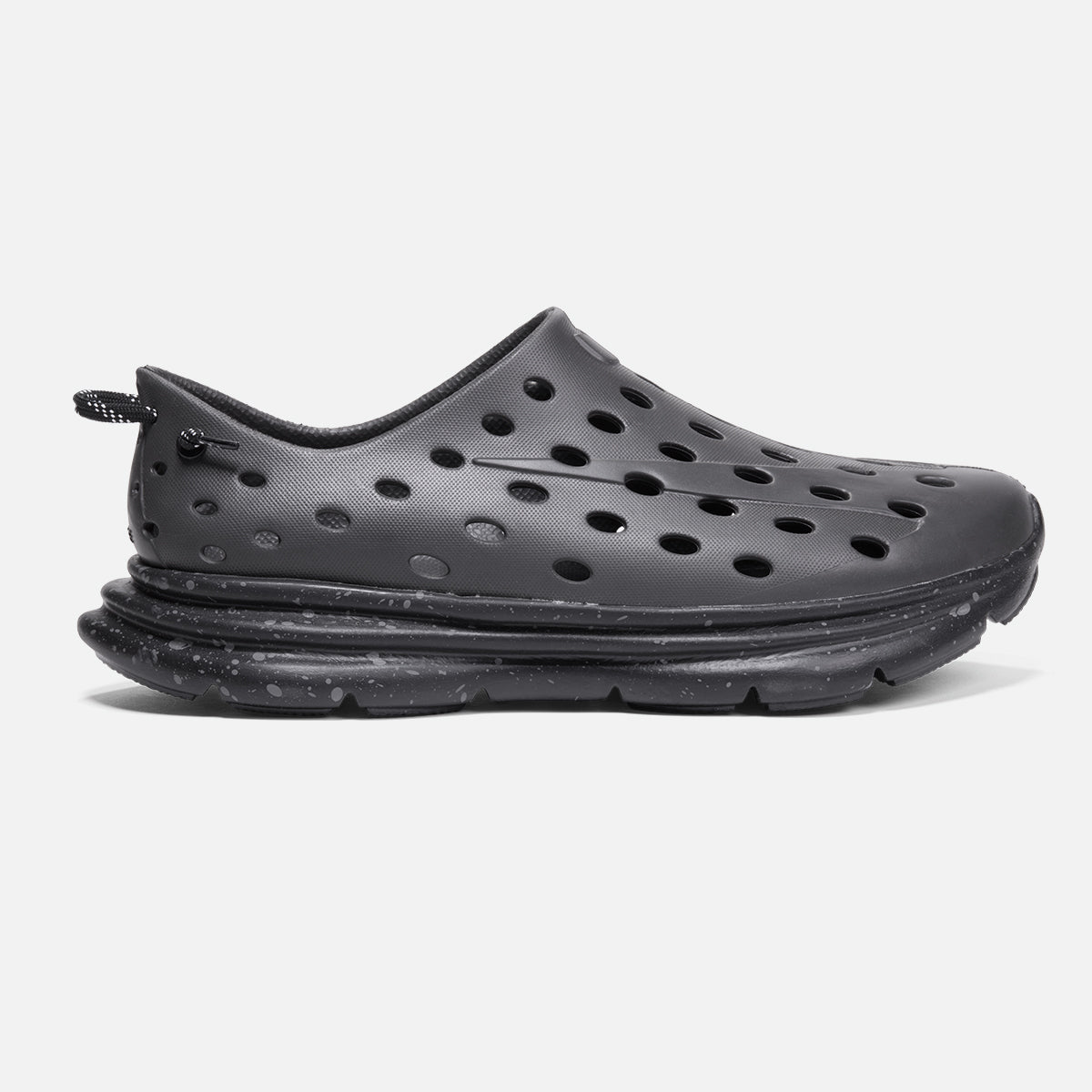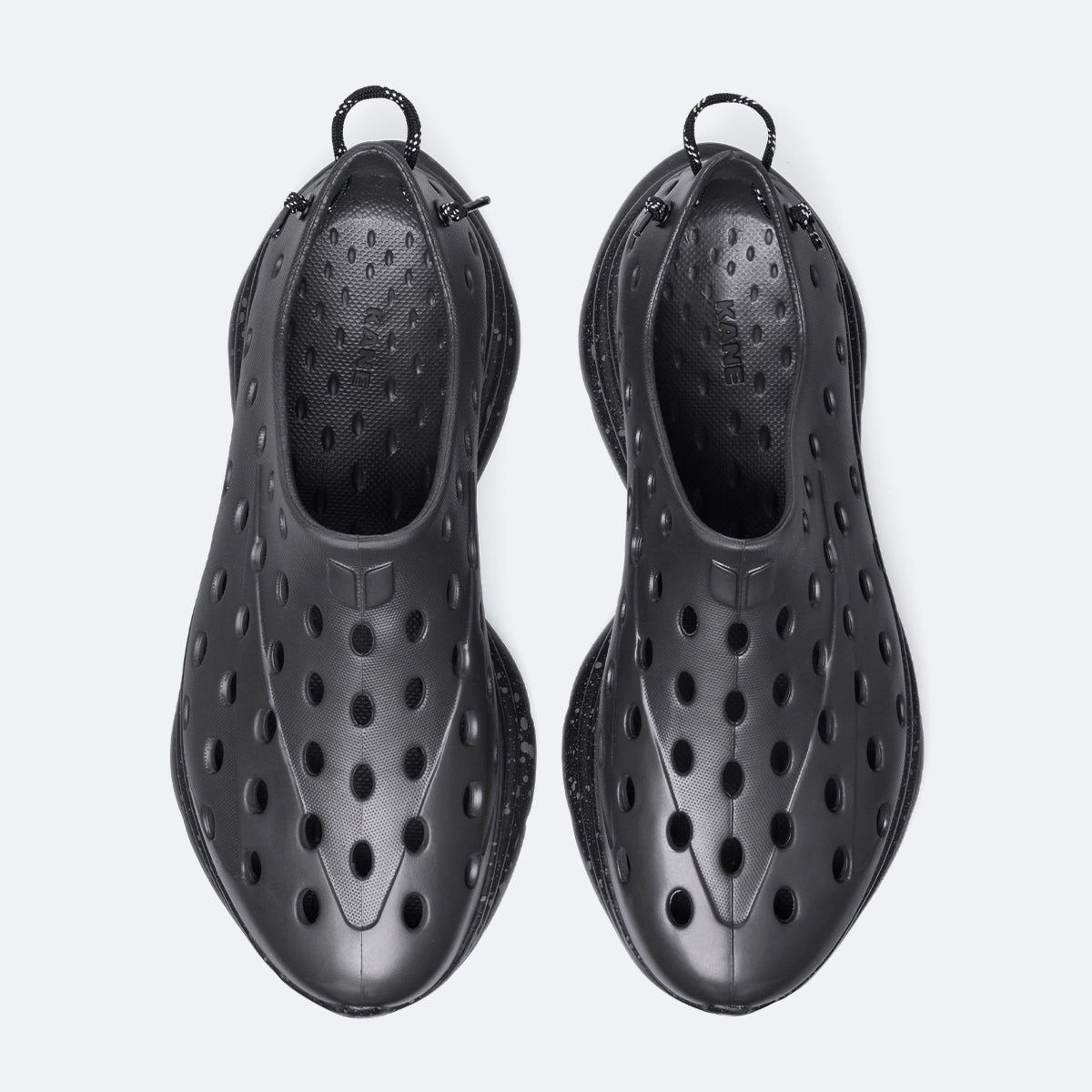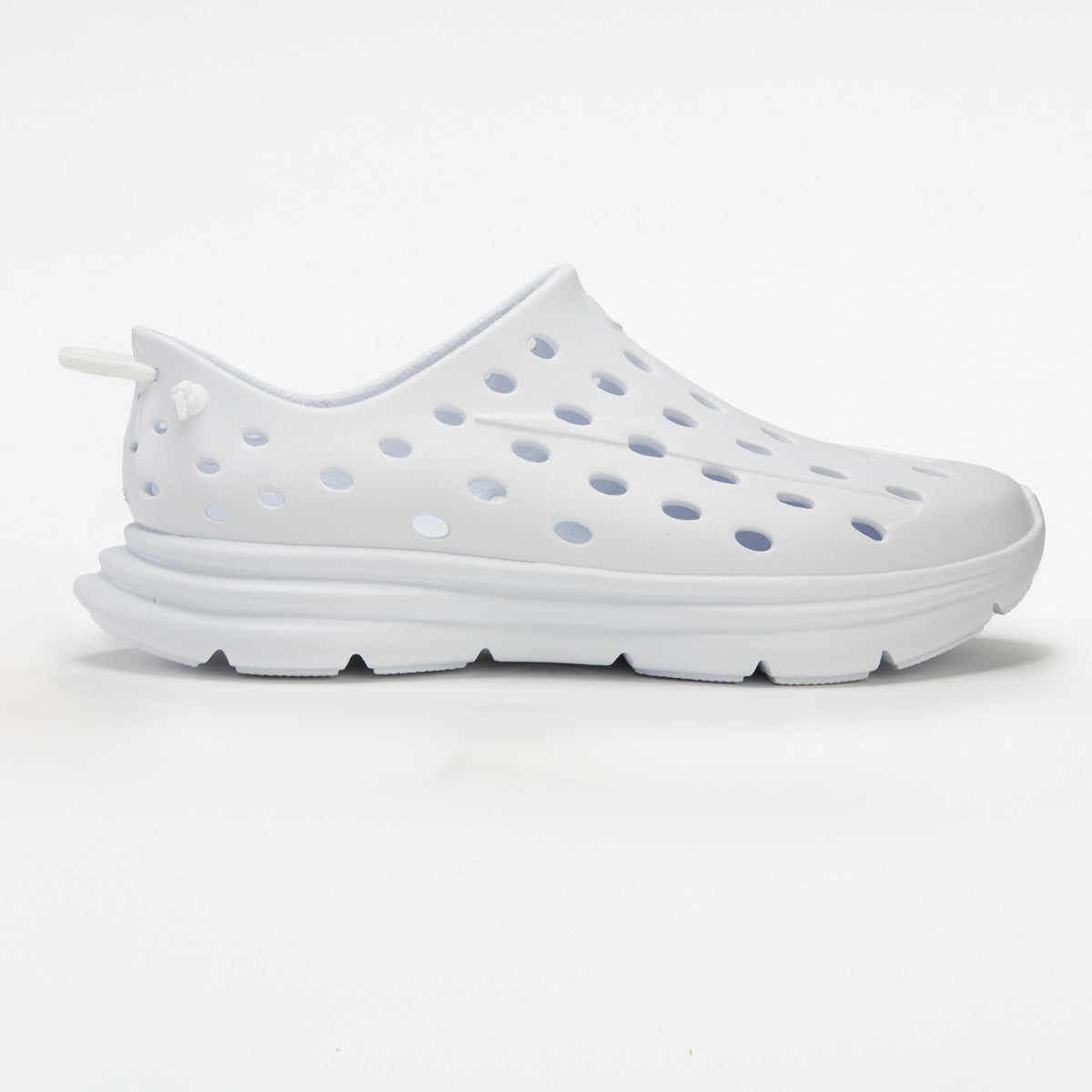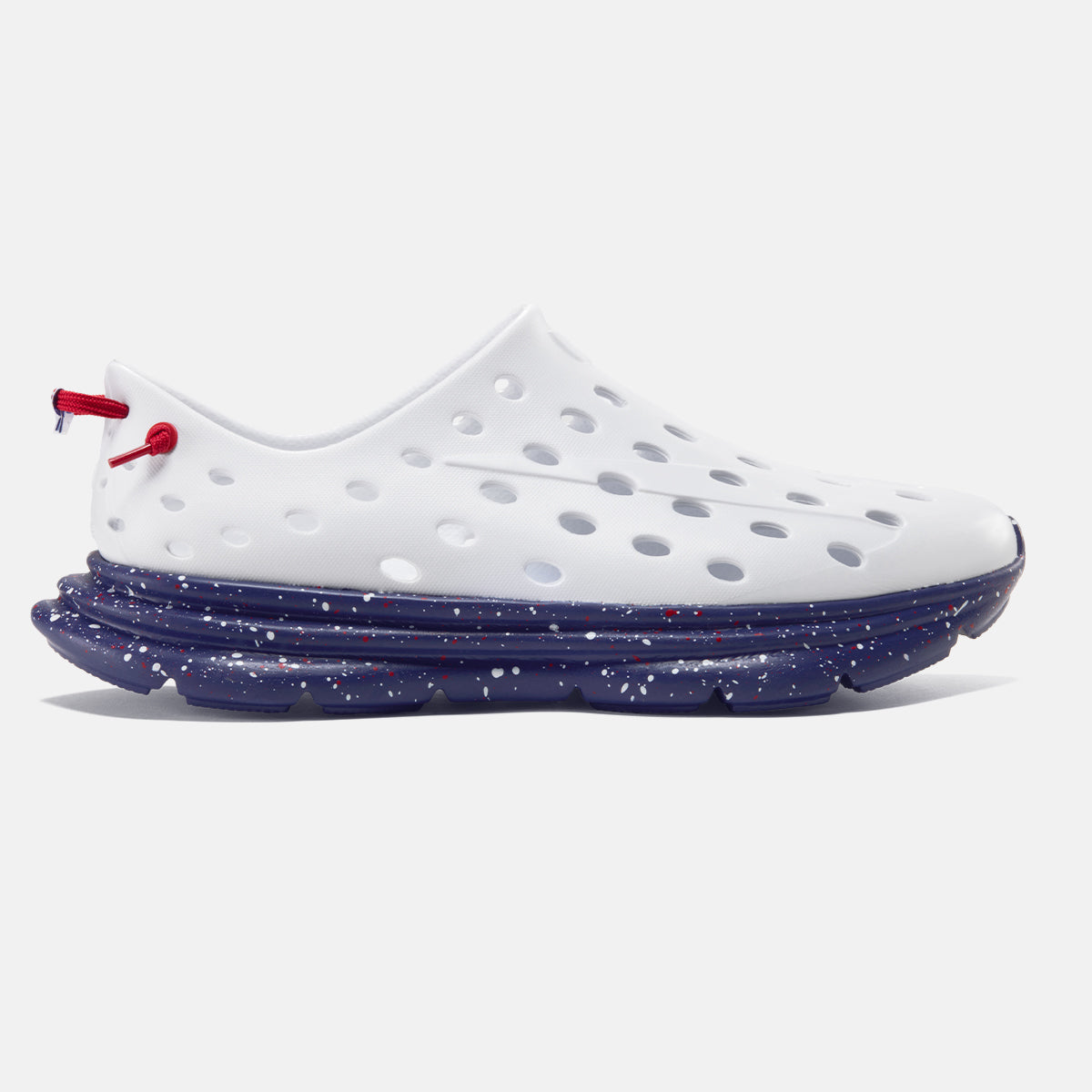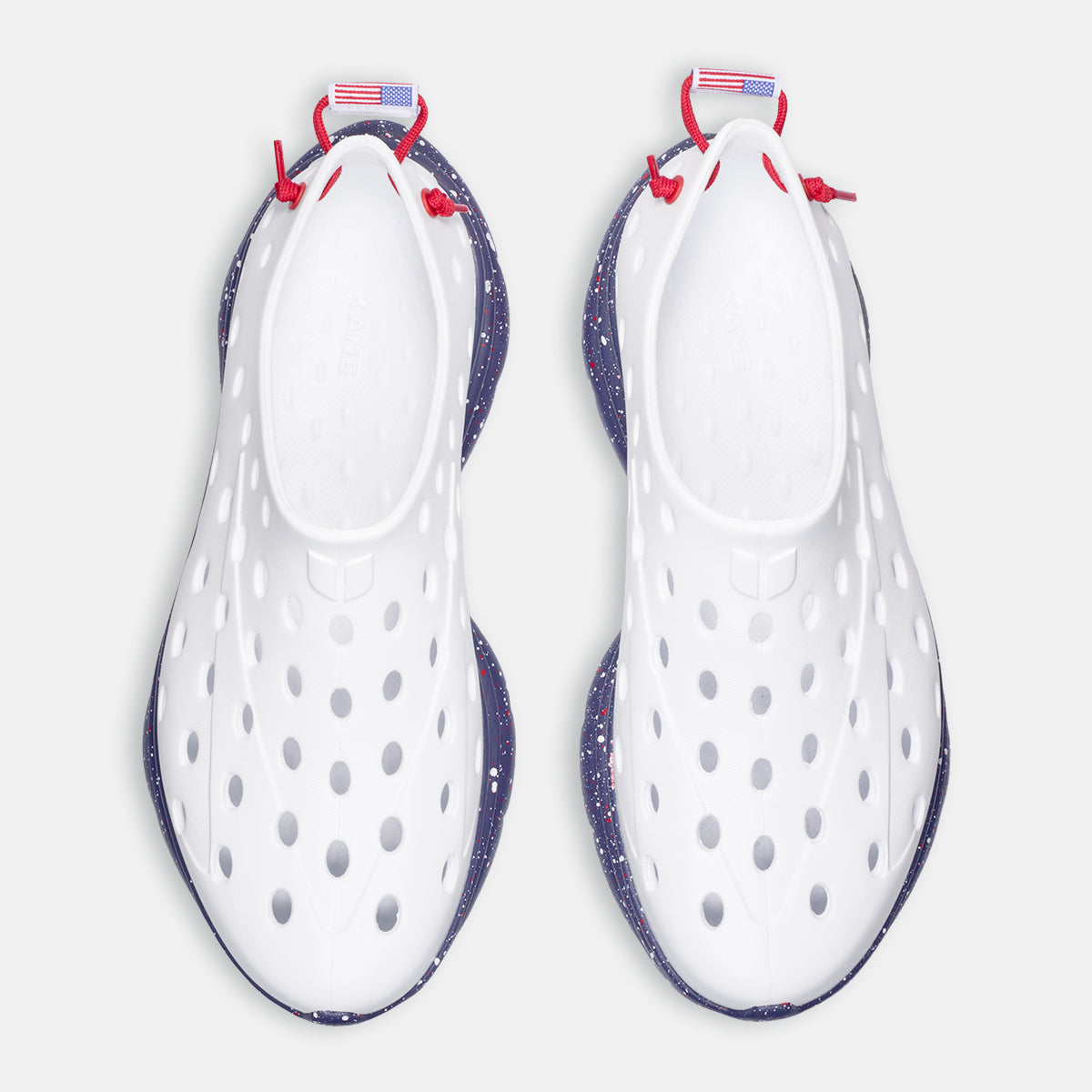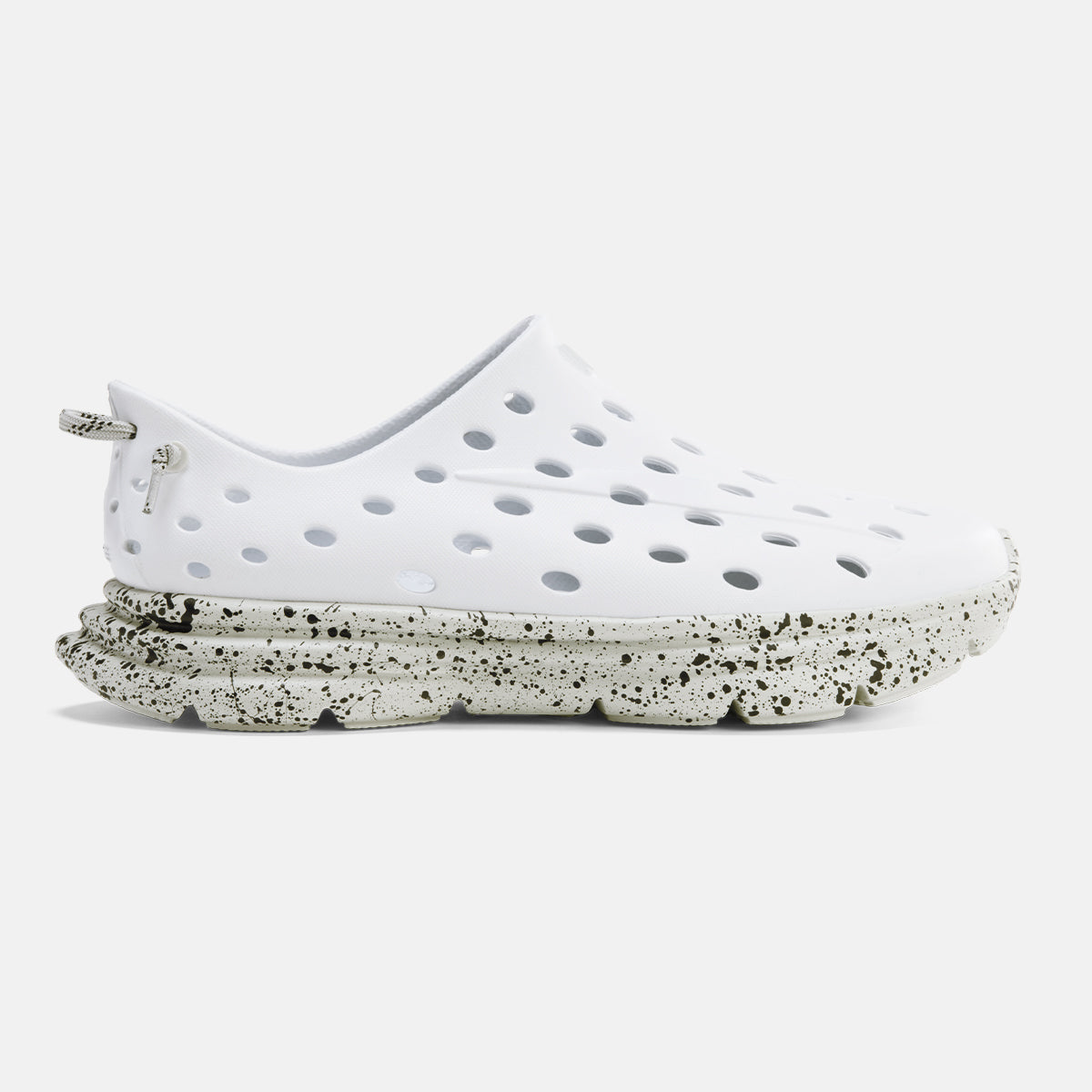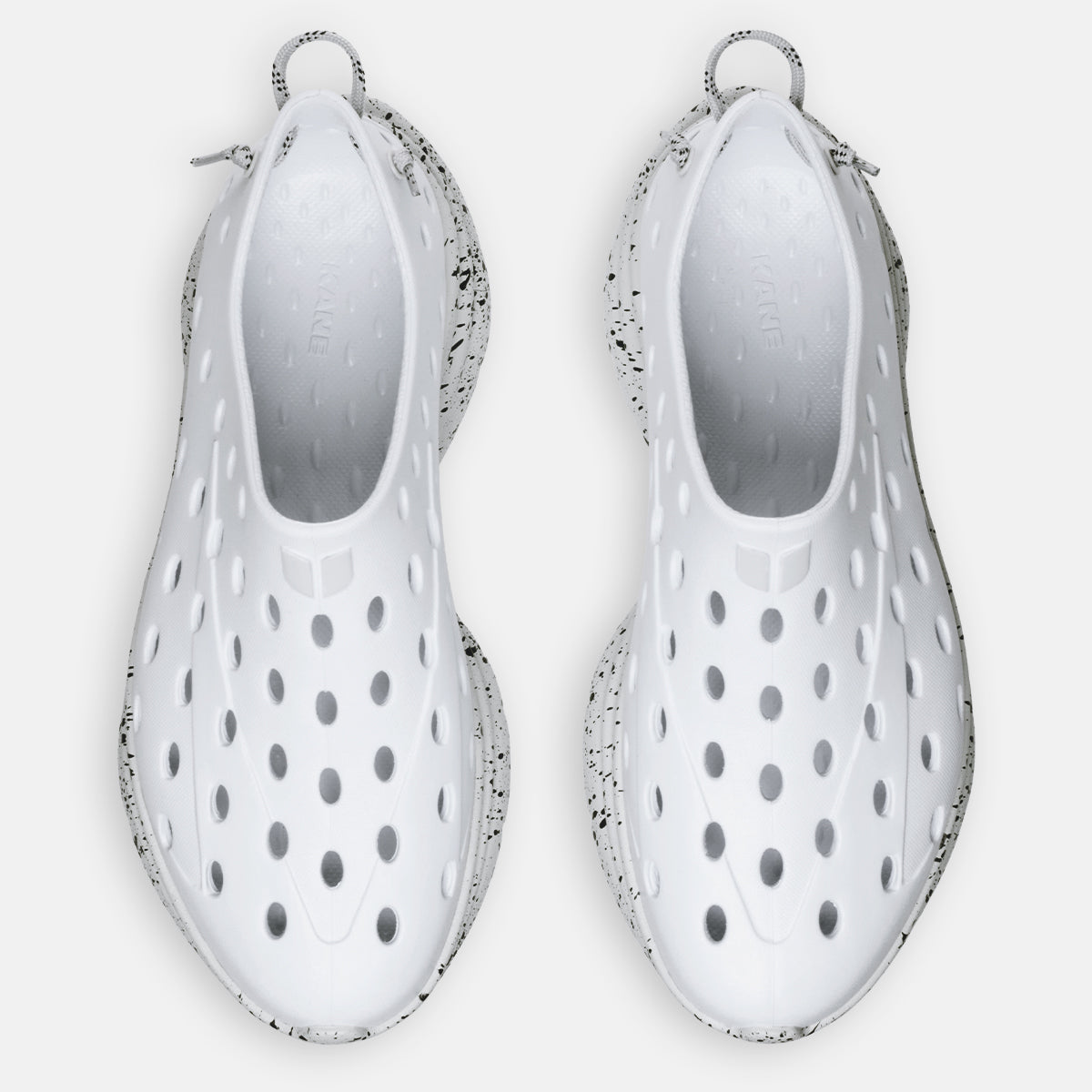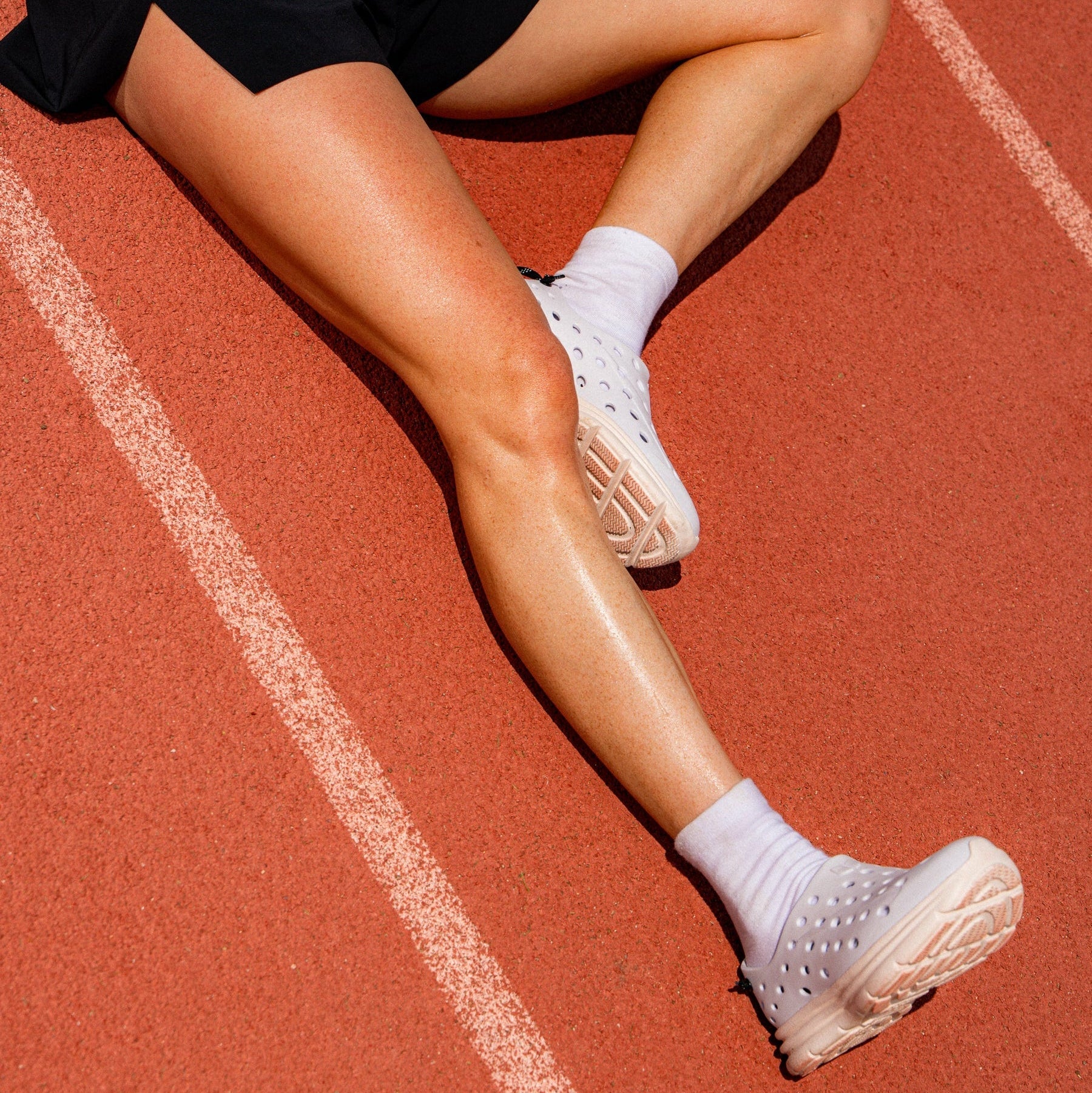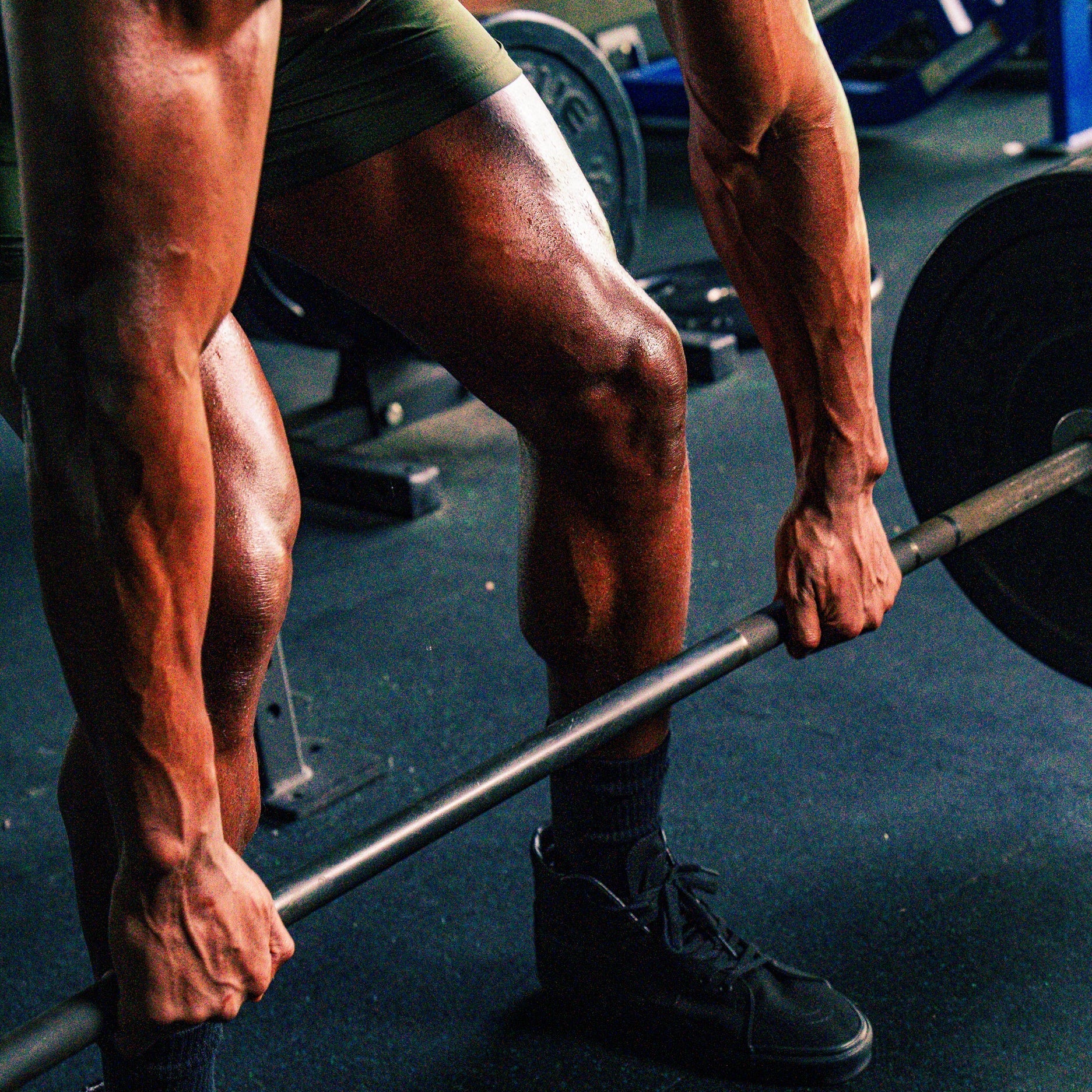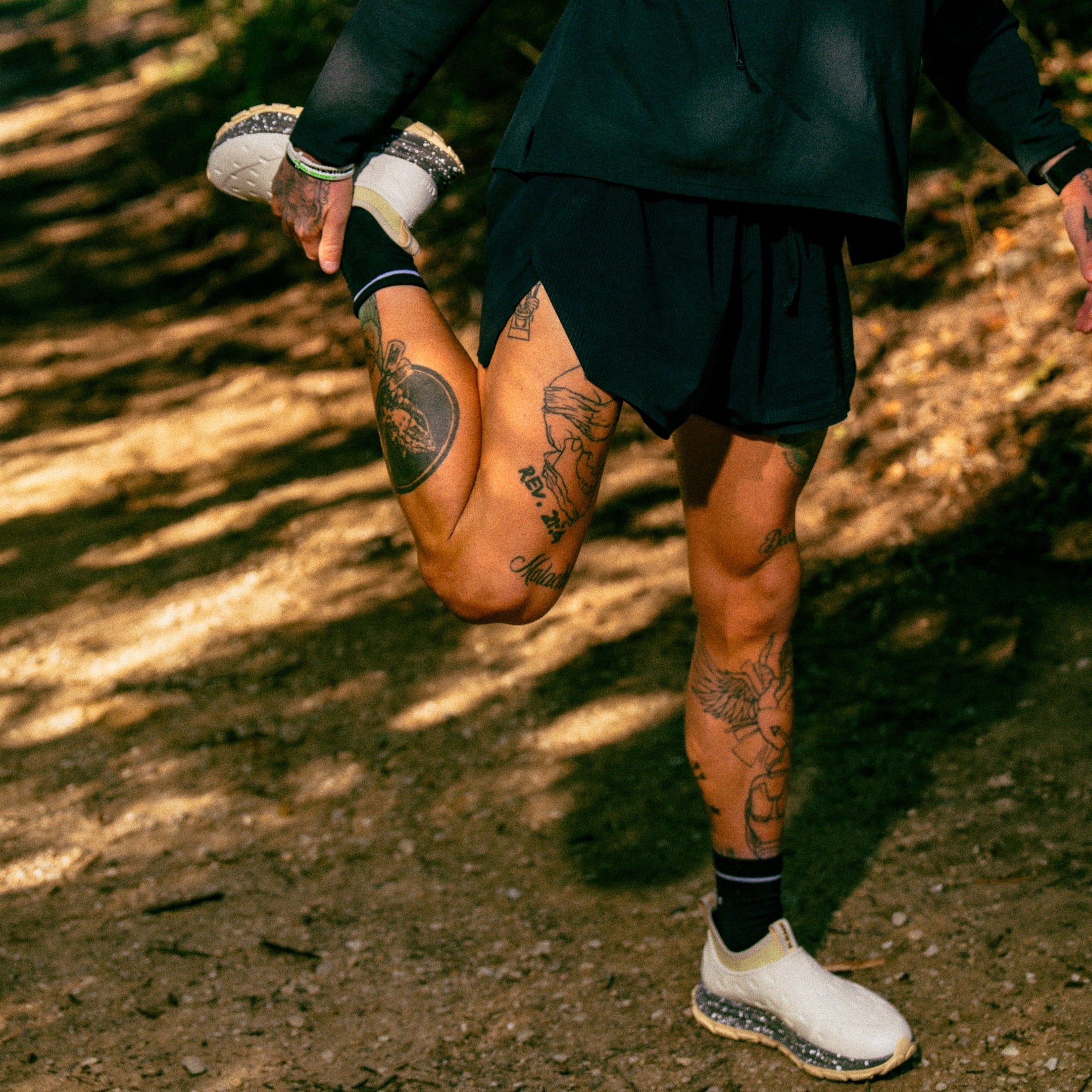You just crushed an intense exercise routine. Your muscles are throbbing, sweat is still dripping, and all you want to do is collapse somewhere comfortable. The urge to fall asleep hits hard, but should you give in to that post‑workout sleepiness?
This question plagues everyone from weekend warriors to elite athletes. Some swear by their post‑workout nap, claiming it supercharges their recovery. Others worry it'll mess with their nighttime sleep or signal they're overdoing it. The truth is more nuanced than you might think.
Post‑workout fatigue is your body's natural response to physical exertion. Understanding when to embrace and fight it can make or break your fitness routine. Discover the science behind exercise‑induced tiredness, learn optimal napping strategies, and how to personalize your recovery approach for maximum results.
The science behind post‑workout fatigue and feeling sleepy
Your body undergoes remarkable changes during exercise. When you push through that tough workout, multiple systems work overtime to fuel your performance.
Physical activity depletes ATP stores—the energy currency powering every muscle contraction—while lactic acid accumulates, contributing to that heavy sensation. Your central nervous system also tires, leading to both central and peripheral fatigue.
The benefits of a strategic nap after a workout
Accelerating muscle recovery and growth
Growth hormone peaks during sleep, driving protein synthesis to repair damaged tissue. A well‑timed nap jump‑starts this process, reducing inflammation, mitigating oxidative stress, and clearing metabolic waste—meaning less soreness.
Performance enhancement through rest
Naps restore mental sharpness, reaction time, and motivation. They reset neural connections so your brain and muscles communicate efficiently. Recovery naps also boost mood by lowering stress hormones and increasing endorphins.
Potential downsides of a nap post‑workout
How can poor nap timing sabotage sleep quality?
- Late‑day naps disrupt circadian rhythms and hinder nighttime sleep.
- Daytime dozing can reduce sleep drive, worsening existing sleep debt.
- Long naps risk sleep inertia—grogginess when waking from deep sleep.
What are the warning signs you're overdoing recovery?
- Persistent fatigue despite adequate rest
- Difficulty falling asleep at night plus daytime sleepiness
- Needing long naps after moderate workouts
When to avoid post‑workout napping entirely
- Insomnia or diagnosed sleep disorders
- Evening commitments requiring full alertness
- Underlying medical conditions or medications affecting sleep
- Frequent sleep inertia lasting >30 min post‑nap
The art of the perfect muscle repair nap
Optimal timing for maximum physical activity recovery
- Wait 30 min after exercise for heart rate to normalize.
- Nap early‑ to mid‑afternoon (1‑4 p.m.) to align with circadian dip.
- Avoid napping after 4 p.m. to protect nighttime sleep.
Duration guidelines for different goals
- 20‑30 min power nap to boost alertness without deep sleep.
- 60‑90 min full‑cycle nap for maximum muscle and CNS recovery.
Creating the perfect nap environment
- Keep room cool (65‑68 °F).
- Use blackout curtains or an eye mask for darkness.
- Block noise with earplugs or white noise; silence phones.
Other ways to recover without napping
Keep moving with light activity
- Gentle walk, easy cycling, or leisurely swim
- Stretch major muscle groups 30‑60 s each
Fuel your recovery with smart nutrition
- Eat protein + carbs within 30 min post‑workout
- Maintain hydration—monitor urine color
Recovery footwear support
Specialized shoes reduce stress on fatigued feet and legs, aiding circulation while you recover.
Discover Kane Recovery Shoes!
Kane's recovery shoes deliver support, comfort, and durability with an adjustable hook‑and‑loop single‑strap upper, plush TPR footbed, and injected EVA outsole. As a Certified B Corporation, Kane donates 1% of profits to environmental charities.
When and how to wear Kane Revive
Slip them on right after strenuous activity—secure straps snugly for maximum comfort and recovery support while you hydrate, stretch, or rest.
Finding what works for you
Assess workout intensity, sleep habits, and lifestyle to decide whether strategic naps fit your routine. Older adults and high‑volume trainees often benefit more, while well‑rested individuals may skip daytime sleep.
Building sustainable habits
- Start with brief 20‑min naps and adjust as needed.
- Maintain consistent nighttime sleep schedules.
- Integrate recovery methods you can repeat long‑term.
Frequently asked questions
Is it good to take a nap after a workout?
Yes—when timed 1‑3 h post‑workout for 20‑90 min, naps enhance muscle recovery, mental alertness, and energy without disrupting nighttime sleep.
How long should you wait to sleep after working out?
Allow 30‑90 min for body temperature and heart rate to normalize before napping or nighttime sleep.
Is it normal to be tired all day after working out?
Brief fatigue (1‑3 h) is normal. All‑day exhaustion may signal overtraining, inadequate sleep, or poor recovery practices—adjust accordingly or seek medical advice.
No content on this site should ever be used as a substitute for direct medical advice from your doctor or other qualified clinicians.




